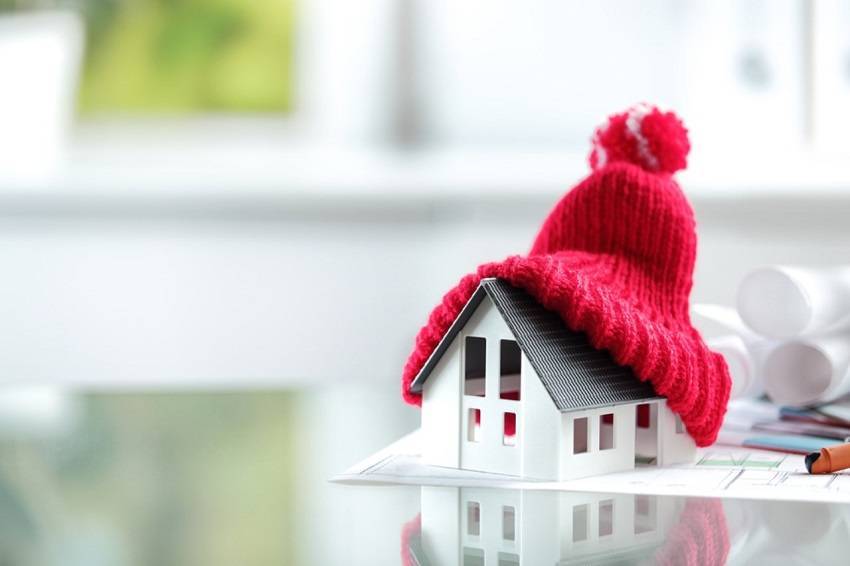Winterizing Your Home

As we settle into winter, there are several things you can do to protect your home from the frigid temperatures!

Winterize Your Hose Bibs
First you need to remove any hoses and connectors from the hose bib. If you don’t, there could be water trapped that will freeze and cause problems. Frozen plumbing is not good. After everything is removed, check for any drips. Now is the time to fix a drippy hose bib. Next you will want to drain all of the water out of the pipe. You can do this by shutting off the line inside the house. After all the water is out, you can also install a hose bib cover. Admittedly, I never do this but “they” say it’s a good idea. Just to be extra safe.
Check for Drafts
You should go around your exterior doors and make sure you can’t see daylight (make sure you do this in the daytime!). If the light can get in, so can cold drafts. Check to make sure the weather strip around the door is intact. If the weather stripping is okay but you see daylight, the door may need to be adjusted. The only time you should see light through a door is when it is open.
Turn Your Water Heater Down
Okay – I don’t do this either but again, if you want to be extra cautious about saving energy, it is a good idea. Water heaters set to 120 degrees should be fine for the average family and could save you big bucks in utility bills.
Other ideas for winterizing your home to save it and save some cash?
Change Your Filters
You should really do this regularly. And it’s not just your HVAC. Do you have a humidifier? These babies have filters too.
Run Your Ceiling Fans in Reverse
Most ceiling fans have a reverse setting which can pull warm air near the ceiling back down into the room. It can make a huge difference in your heating bills.
Service Your HVAC System Regularly
Keeping the unit clean and properly adjusted can save you energy costs.
Now while I’m on the subject, here are the things you should always be looking out for around your house regardless of the temperatures outside:
Keep Your Areaway Clean
This is the number one cause of a wet basement. Check the areaway drain often for leaves and debris. If you haven’t installed a battery backup for your sump pump, do it. We lose power all the time in Falls Church. My battery backup was worth every penny.
Check Your Smoke Detectors (please)
This is a life saver people.
Check the Grade Around Your Foundation
This is the number two cause of a wet basement. Grade should fall away from the foundation to prevent water from seeping down the walls. Water bad.
Keep Your Gutters Clean
When gutters get clogged they can cause water damage inside and outside of the house. Again, water bad.
Caulking and Painting
I have a blog post in my head about this very topic. Specifically, what happens when you don’t keep up with it. As soon as I’m done kicking myself, I’ll get to it.
This is certainly not a complete list of things you should do, but it should keep you busy. There are very few perfect homeowners out there, and I know better than anyone that homeowner maintenance can sometimes take a backseat when life gets busy. But you can look at it this way, take care of it now or take care of it later.
For this week, the Landers (and by Landers I mean Paul) are planning to winterize the hose bibs. We’ll get to the rest eventually but in the meanwhile, at least our pipes won’t freeze. Frozen pipes bad.
What will you be doing to get your home ready for winter?
Dream. Build. Live